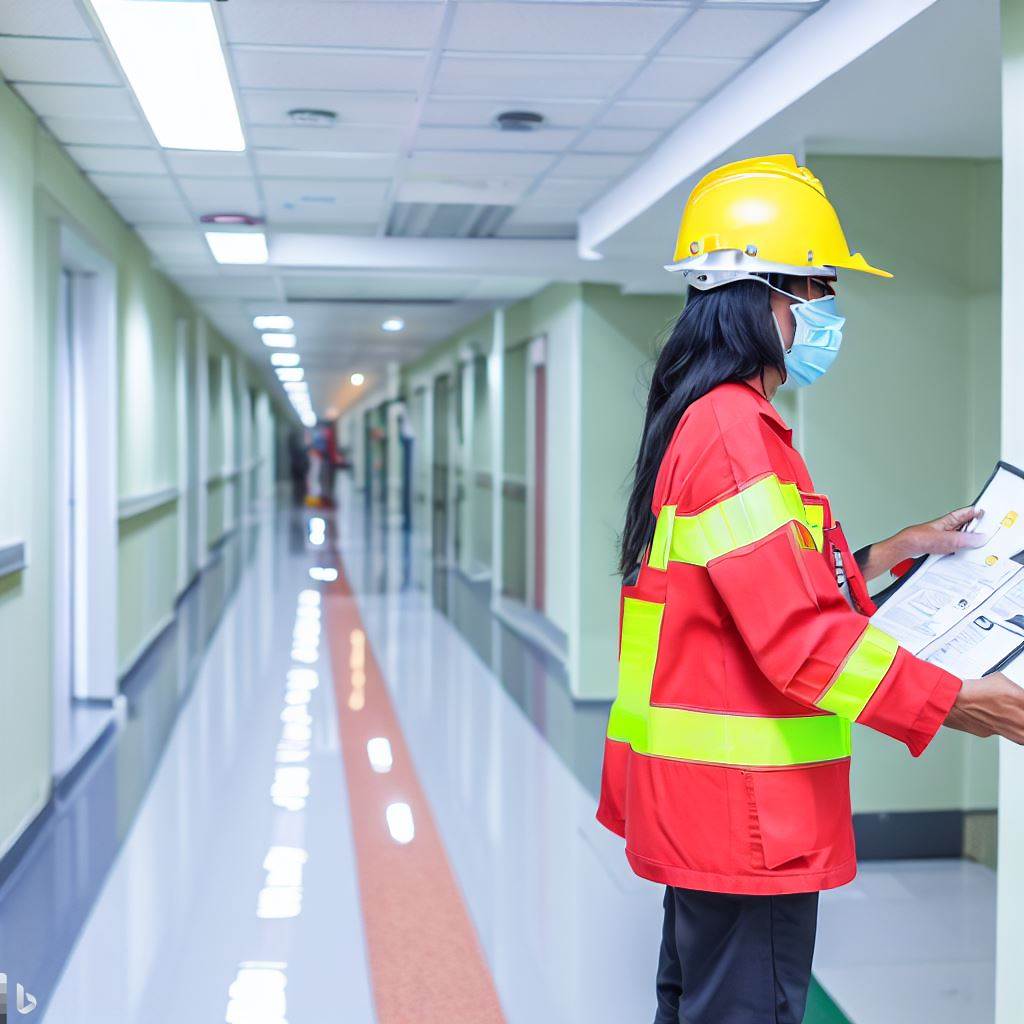Summary
This article explores the regulations and guidelines related to fire safety engineering services in hospitals across different states in Australia. While hospitals are typically subject to Crown Construction Certificates and must comply with the Building Code of Australia (BCA), each state has its own specific rules and guidelines regarding fire safety and engineering services. The article discusses the different guidelines and approaches in New South Wales, Victoria, South Australia, and Queensland. Additionally, it references a comprehensive Fire Safety of Hospitals Guide from 2017, which provides insights into fire safety concepts from a Victorian perspective that can be potentially applicable to all states.
Introduction
Hospitals are typically subject to Crown Construction Certificates as they primarily deal with the State Government Health Infrastructure. For example, Section 6.28 of the Environmental Planning and Assessment Act 1979 (EP&A 1979) states that the “Crown building work cannot be commenced unless the Crown building work is certified by or on behalf of the Crown to comply with the Building Code of Australia in force at the time”.
Normally the Building Code of Australia (BCA) would specify the minimum level of performance required to achieve compliance with the Deemed-to-Satisfy (DtS) provisions. However, each state within Australia has its own set of rules and guidelines to follow in relation to the fire safety of hospital facilities and the level of engineering services required.
This may be overlooked by consultants undertaking the design of such facilities. Hence, this article provides a background into the engineering services required from a fire safety perspective which in many cases is above the BCA DtS provisions. This article examines the fire safety requirements and engineering guidelines in New South Wales, Victoria, South Australia, and Queensland. Additionally, it considers a Fire Safety of Hospitals Guide from 2017, which offers valuable insights applicable across various states.
New South Wales
The NSW Health Engineering Services Guide [1] provides a performance based guideline for the development and design of such services in hospital premises. Section 6.5 of the subject guide goes into details regarding the requirements around fire services and the like. Here it details that communications rooms, server rooms and other rooms containing electronic equipment need to be sprinkler protected in a building that is sprinkler protected.
A common fire engineering solution would be to omit sprinklers from electrical rooms due to the increased electrocution risk posed by water and electricity, however this would not be permitted as the guide nominates that sprinklers must be provided for these areas.
The NSW Department of Health issued the Fire Safety in Health Care Facilities Guideline in April 2010 [2], which provides a broad overview of the considerations that need to be in relation to fire safety in health facilities.
Victoria and South Australia
Unlike NSW, both Victoria and South Australia have adopted the Victorian Health and Human Services Engineering Guideline [3]. The guideline aims to provide a minimum standard of performance that needs to be met for fire services, however, often defaults back to BCA DtS provisions, unless varied by a Fire Safety Engineer.
Queensland
Similar to Victoria and South Australia, facilities require adherence to the Queensland Health and Capital Infrastructure Requirements [4]. The guideline aims to provide a minimum standard of performance that needs to be met for fire services, however, often defaults back to BCA DtS provisions.
The guideline also states that “Fire engineering should only be undertaken, and is only allowed, when the result of the engineered solution will not reduce opportunities for future expansion nor constrain future flexibility.” Noting that a Deemed-to-Satisfy approach for hospital facilities in the states is the preferred approach.
Hospital Fire Safety Guide
In 2017, a Fire Safety of Hospitals Guide by Bennetts et. al [5] was published and provided further details into the concepts associated with fire safety in hospitals from a Victorian perspective. Despite being developed for the Victorian context, the concepts established within may be further expanded and utilised across all the states.
The focus of the guide was to provide context for the various unique prescriptive requirements arising from the Building Code of Australia Deemed-to-Satisfy provisions. The initial sections provide an overview of general hospital building characteristics and past global fire incidents involving hospitals. Whilst the latter sections delve deeper into common Performance Solutions encountered in the hospital space.
In summary, whilst the Fire Safety of Hospitals Guide [5] identifies the possible items that may be assessed via a Performance Solution it is imperative that this be read in conjunction with the respective state Engineering Guidelines previously mentioned, that provide the framework for what may be assessed as part of a Performance Solution.
Conclusion
The fire safety engineering services in hospitals across different Australian states are subject to specific guidelines and regulations. While the Building Code of Australia provides a baseline, each state has its own set of rules and approaches. Understanding and adhering to the relevant state Engineering Guidelines is crucial for designing fire-safe hospitals. The Fire Safety of Hospitals Guide from 2017 offers valuable insights that can be expanded and utilised across all states, providing context for the assessment of Performance Solutions within hospitals.
References
- NSW Government. Engineering Services Guide [Internet]. NSW: NSW Health; 2023 Mar.
- NSW Health. Fire Safety in Health Care Facilities [Internet]. NSW; 2010 Apr. Report No.: PD2010_024.
- Victorian Health Building Authority. Engineering guidelines for healthcare facilities: Volume 5 – Fire and hydraulics. 2020 Jun. Report No.: HTG-2020-005.
- Queensland Government. Capital Infrastructure Requirements Volume 4 Engineering & Infrastructure [Internet]. Queensland Health; 2020 Oct. Report No.: QH-GDL-374-4-1.
- Bennetts ID, Johnson P, Kip S, Van Ravenstein HJ. Fire Safety of Hospitals - A Guide for Designers. 2017.

